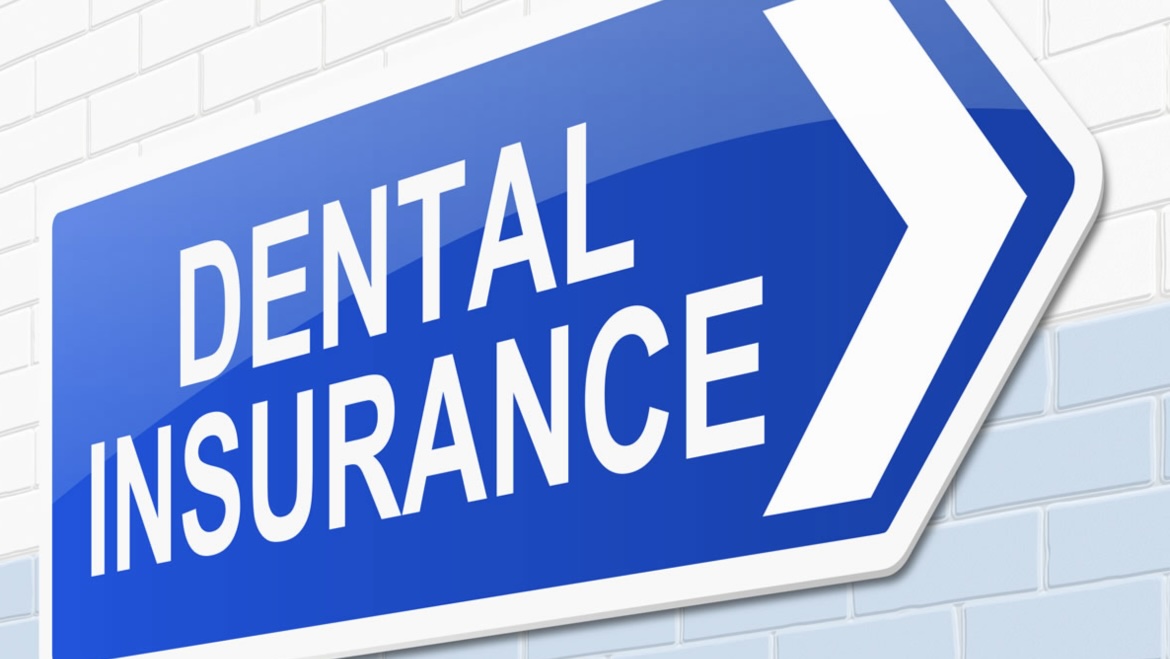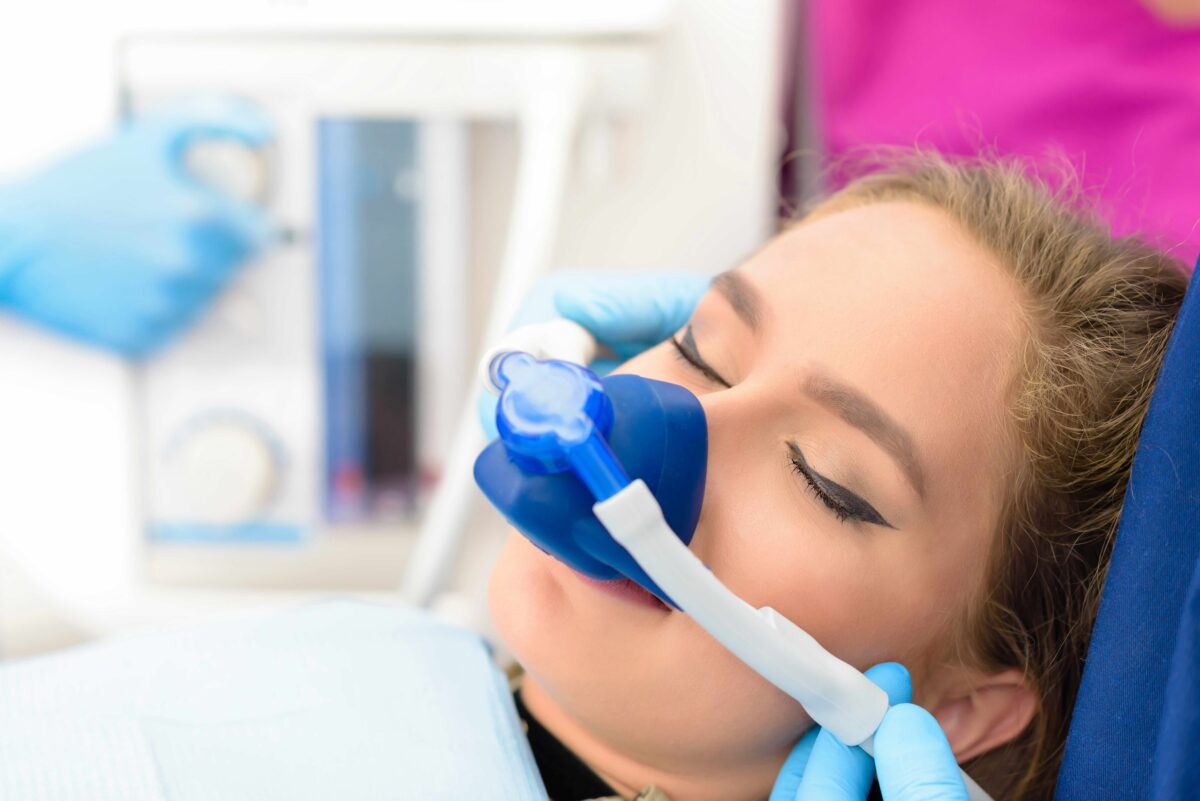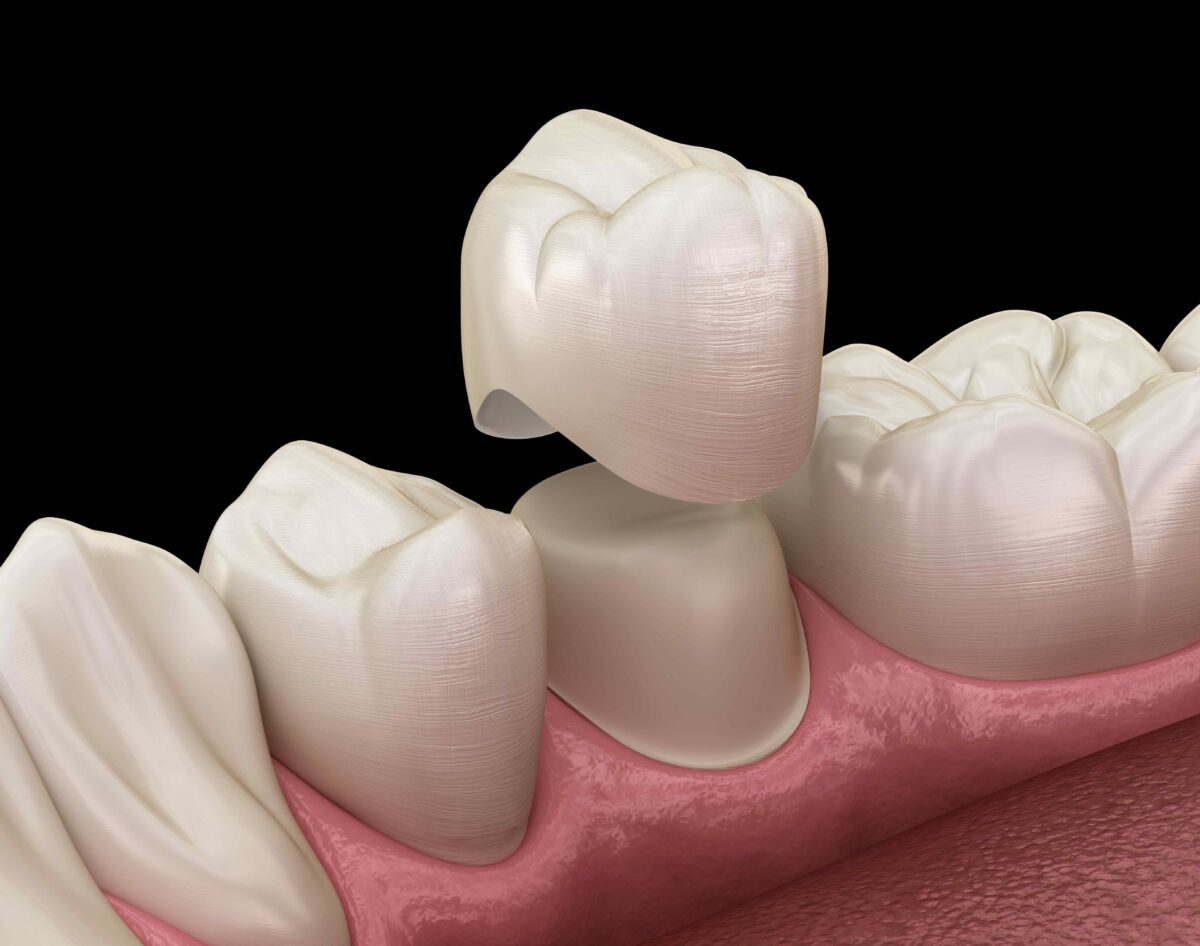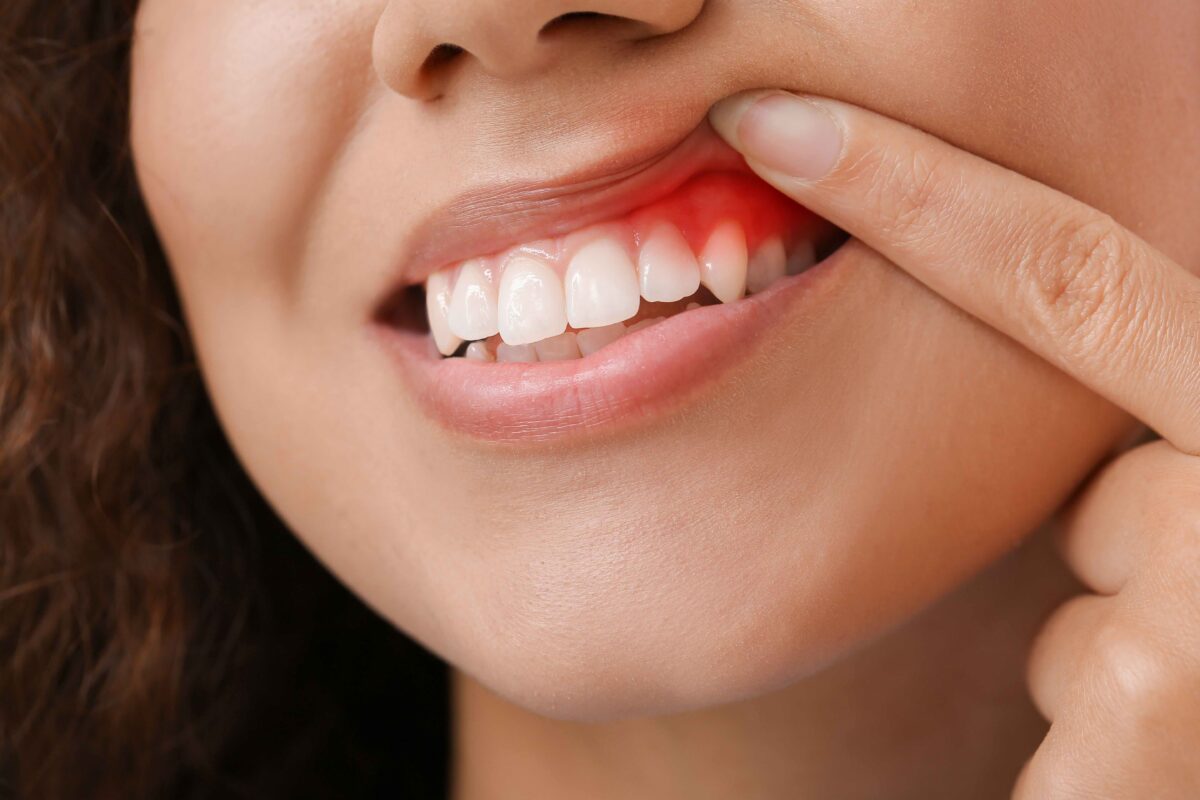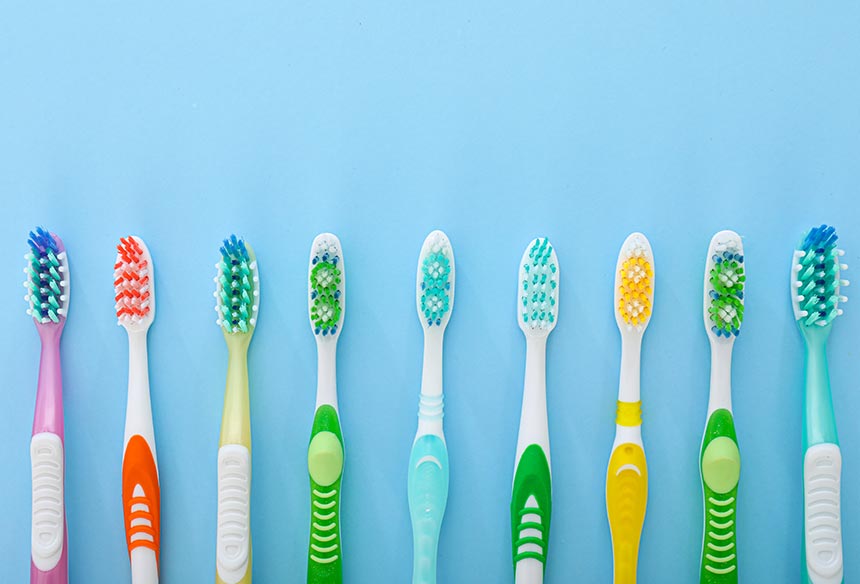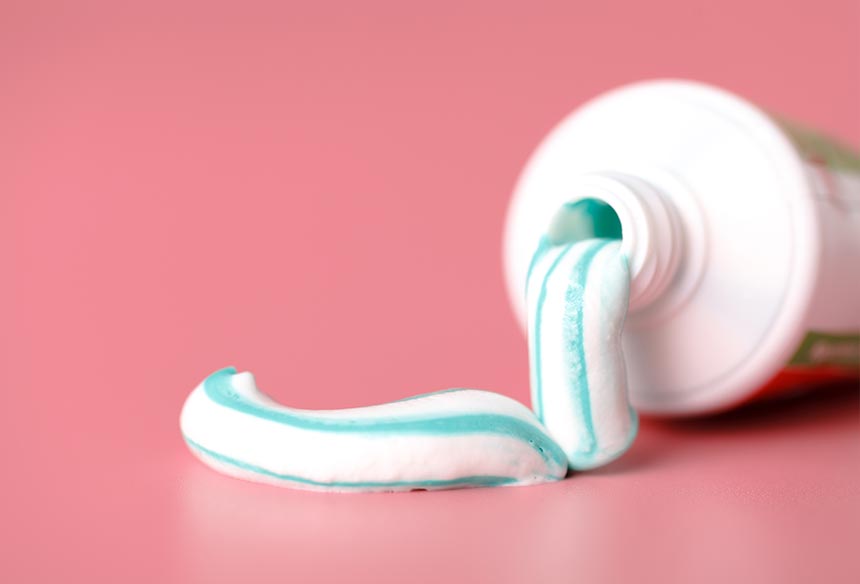Gum disease, also known as periodontal disease, is a common but often overlooked dental condition that affects millions of people each year. It ranges from simple gum inflammation to severe damage to the soft tissue and bone that support the teeth. Understanding the causes, symptoms, and treatment options for gum disease is crucial for maintaining a healthy smile. Here at Cheyenne Mountain Dental Care, your trusted Colorado Springs, CO dentist, we’re committed to educating our patients on this important issue.
Causes of Gum Disease
Gum disease is primarily caused by plaque, a sticky film of bacteria that forms on teeth. When plaque is not removed by brushing and flossing, it can harden into tartar, which only a dental professional can remove. This tartar build-up can lead to gingivitis, the early stage of gum disease, characterized by red, swollen, and bleeding gums. If left untreated, gingivitis can advance to periodontitis, a more severe form of gum disease that damages the bones and tissues supporting your teeth.
Additional factors that can contribute to gum disease include:
- Poor oral hygiene
- Smoking or chewing tobacco
- Genetic predisposition
- Diabetes
- Medications that reduce saliva flow
Symptoms of Gum Disease
Recognizing the signs of gum disease early can prevent further damage to your oral health. Symptoms can vary depending on the stage of the disease but commonly include:
- Red, swollen, or tender gums
- Bleeding during brushing or flossing
- Persistent bad breath
- Receding gums, which make teeth look longer
- Loose or shifting teeth
If you experience any of these symptoms, it’s essential to schedule an appointment with a Colorado Springs, CO dentist, such as Cheyenne Mountain Dental Care, to assess your gum health.
Stages of Gum Disease
- Gingivitis: This early stage of gum disease is reversible with proper oral care and professional dental cleanings. Gingivitis symptoms include red, swollen gums that may bleed when brushing or flossing.
- Periodontitis: At this advanced stage, the gums begin to pull away from the teeth, forming pockets that become infected. Toxins produced by bacteria and the body’s natural response to infection start breaking down the bone and connective tissue that hold teeth in place.
- Advanced Periodontitis: In the final stage, the bones and fibers supporting the teeth are destroyed, which may cause teeth to shift or become loose. This can affect your bite and may lead to tooth loss.
Treatment Options for Gum Disease
At Cheyenne Mountain Dental Care in Colorado Springs, we offer a variety of treatment options depending on the severity of the gum disease. Treatments include:
- Professional Dental Cleanings: Removing plaque and tartar from above and below the gum line.
- Scaling and Root Planing: A deep-cleaning procedure that removes bacteria and smooths the tooth’s root surfaces, helping gums reattach to the teeth.
- Surgical Treatments: For severe cases, surgical procedures like flap surgery or bone grafts may be necessary to restore supportive tissues and bone.
Preventing Gum Disease
The best way to prevent gum disease is by practicing good oral hygiene. This includes brushing twice daily, flossing daily, and visiting your dentist regularly for check-ups and cleanings. Quitting smoking, maintaining a healthy diet, and managing health conditions like diabetes can also help reduce your risk.
Visit Cheyenne Mountain Dental Care in Colorado Springs, CO
Gum disease can be a serious condition, but it is preventable and treatable with proper care. If you’re experiencing symptoms or want to ensure your gums remain healthy, our team at Cheyenne Mountain Dental Care is here to help. Contact us today to schedule an appointment and learn more about maintaining a healthy smile in Colorado Springs, CO.
By understanding and addressing gum disease early, you can protect your oral health and keep your smile beautiful for years to come.





